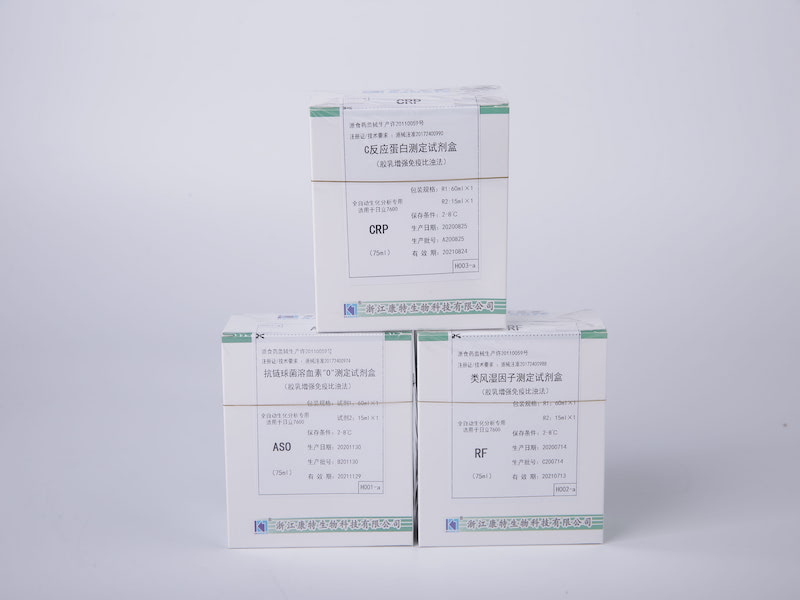Let us create a wonderful future together!
The laboratory research industry requires reliable and consistent testing methods. This is why many companies rely on using the most dependable and effective testing reagents. These companies do not want their products to be rejected or give unreliable results, because this means missing a chance to earn income from their business. To know more about in vitro diagnostic reagent products and the process of testing for its reliability and dependability, read on.

There are several ways to test the in vitro diagnostic reagent. These include stability testing, sensitivity analysis, and concentration studies. However, stability testing only refers to the inactivation of the reagents in culture. It is important to know the inactivation level of each reagent prior to use in any type of testing. If the inactivation level of the reagent is too low, the compound will not have sufficient stability for use in the studies.
Another important aspect of stability testing is the identification of the concentration of a specific analyte in the sample. Generally, the in vitro diagnostic reagent used in research studies should have a concentration that is at least three times higher than the concentration of the standard reference material. The concentration of a standard material can be determined by conducting a density curve analysis using standardized raw materials and reagents. In the case of reagents used in a stability study, it is important to make sure that they were made using the appropriate standards and that they conform to established guidelines such as the recommendations from the INVL/gart. These guidelines are generally made based on the specific analytical methodologies.
Samples that come from different sources and have been subjected to different analytical processes should also be tested according to the specific guidelines set forth in the INVL. For this reason, the companies that sell quality testing reagents must perform quality control tests on each of the sources in order to ensure the stability of the products. The testing procedure for in vitro diagnostic devices is extremely meticulous, and it requires the cooperation of both the researcher and the laboratory personnel who will be using the product.
There are many steps involved in the process of stability testing. One of the steps involves assuring that all reagents conform to the specific guidelines for in vitro medical diagnostic devices set forth in the International Nucleic Acid Quality standards. Once all of the products in the testing chamber are deemed to meet these guidelines, they will then be subjected to rigorous quality control. The equipment used in the testing process will also need to be checked periodically to ensure that it is still in good condition. Once all of the products in the testing chamber are deemed to meet the guidelines set forth by the quality control materials' manufacturers, reagents will then be subjected to final testing.
During testing, reagents that are found to be in an unstable condition will usually be rejected. This will mean that the company conducting the testing will have to find another supplier to supply the laboratory with their in vitro medical diagnostic devices. However, it is important for the stability testing to only take place on test reagents that will actually be used in the research setting. Some researchers will use reagents without having them tested for their stability, which is a huge mistake. These types of laboratory equipment could be contaminated with bacteria or fungi that can cause serious health hazards.
The stability testing for in vitro medical devices should be conducted before production begins and after the product has been released to the market. It will first take the reagent through a series of quality control checks. During the quality control checks, the tester will look for any potential contamination and look for any unusual color, shape, or smell that might indicate the presence of a new contaminant. The tester may also perform any number of other tests on the control materials, such as determining their chemical properties, looking for aberrations in the density or crystal structure, and performing any number of other tests to determine if the samples are stable. Once the control materials are ready, the reagent will be loaded into the kiln for the real-time stability testing.
The reagent shelf life will be established based on the instructions provided with the product, as well as any additional tests and test instructions that have been previously issued by the manufacturer. The reagent shelf life will generally be six months, although some products are good for longer periods. It is important that you understand the exact expiration date that is printed on the reagent product package. If the product does not contain any specific expiration date, then the product should be stored at room temperature between the manufacturer's recommendation and the expiry date. If the product has a specific expiration date, then it is important to store the reagent in an area where it will remain out of contact with living organisms at all times.



